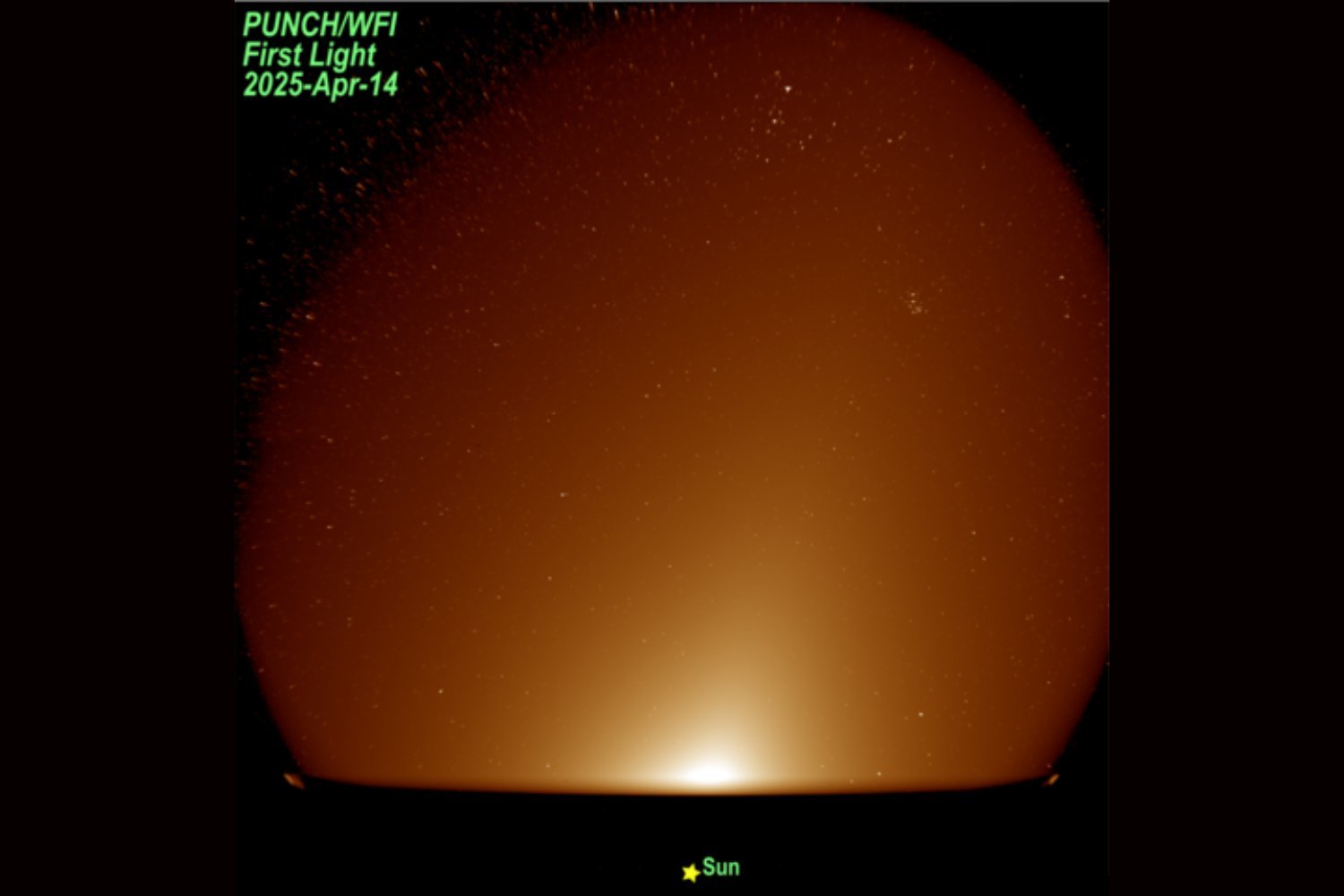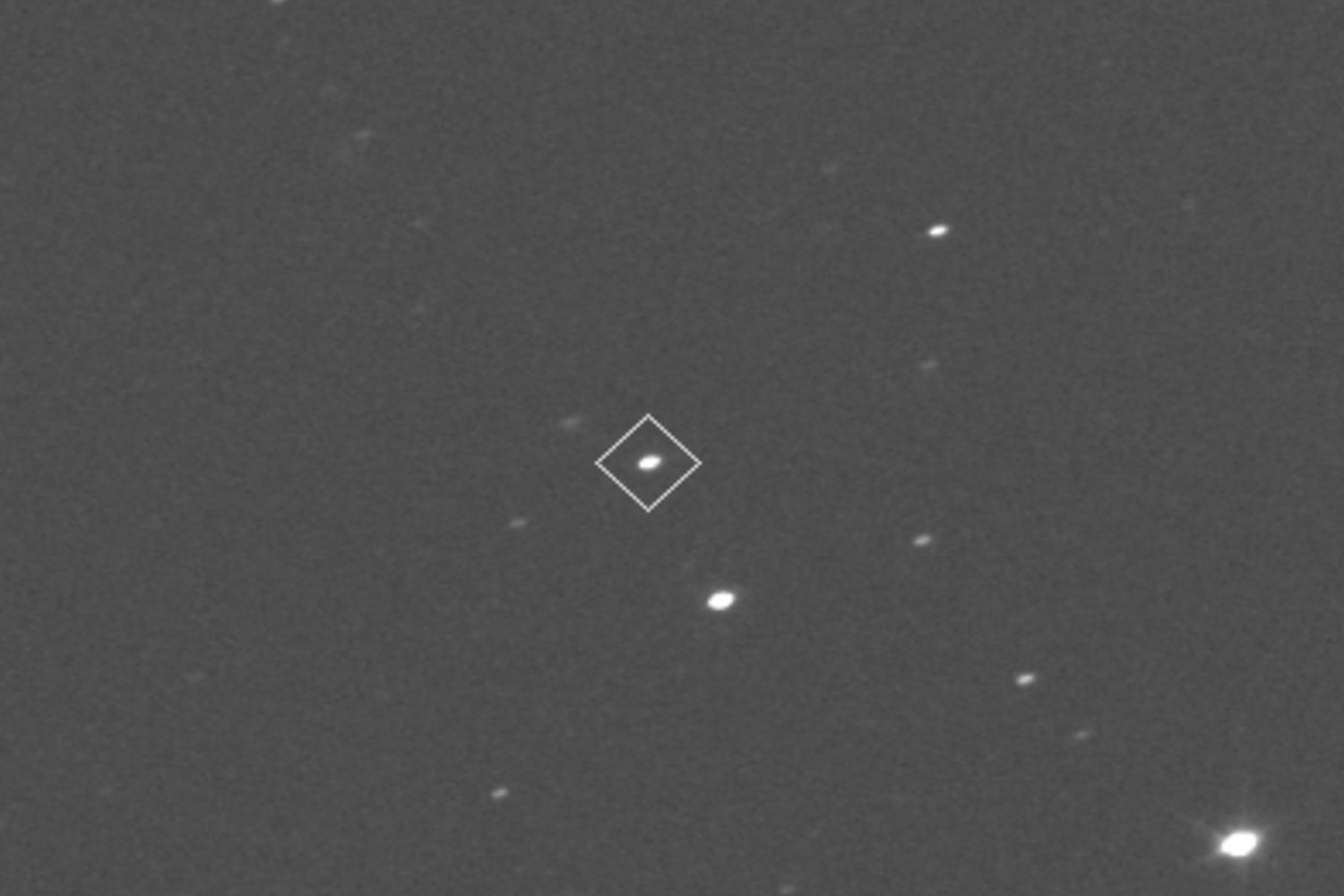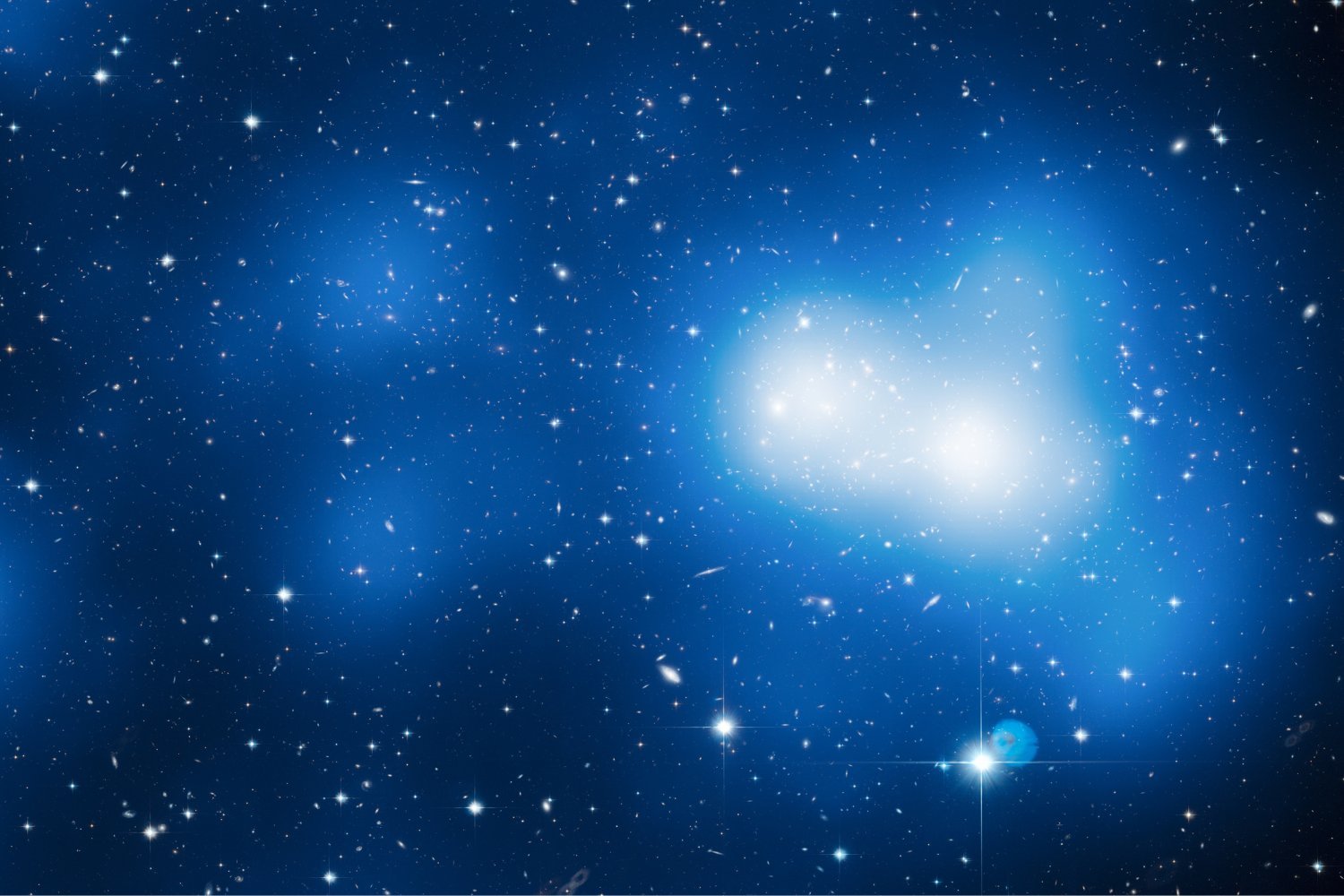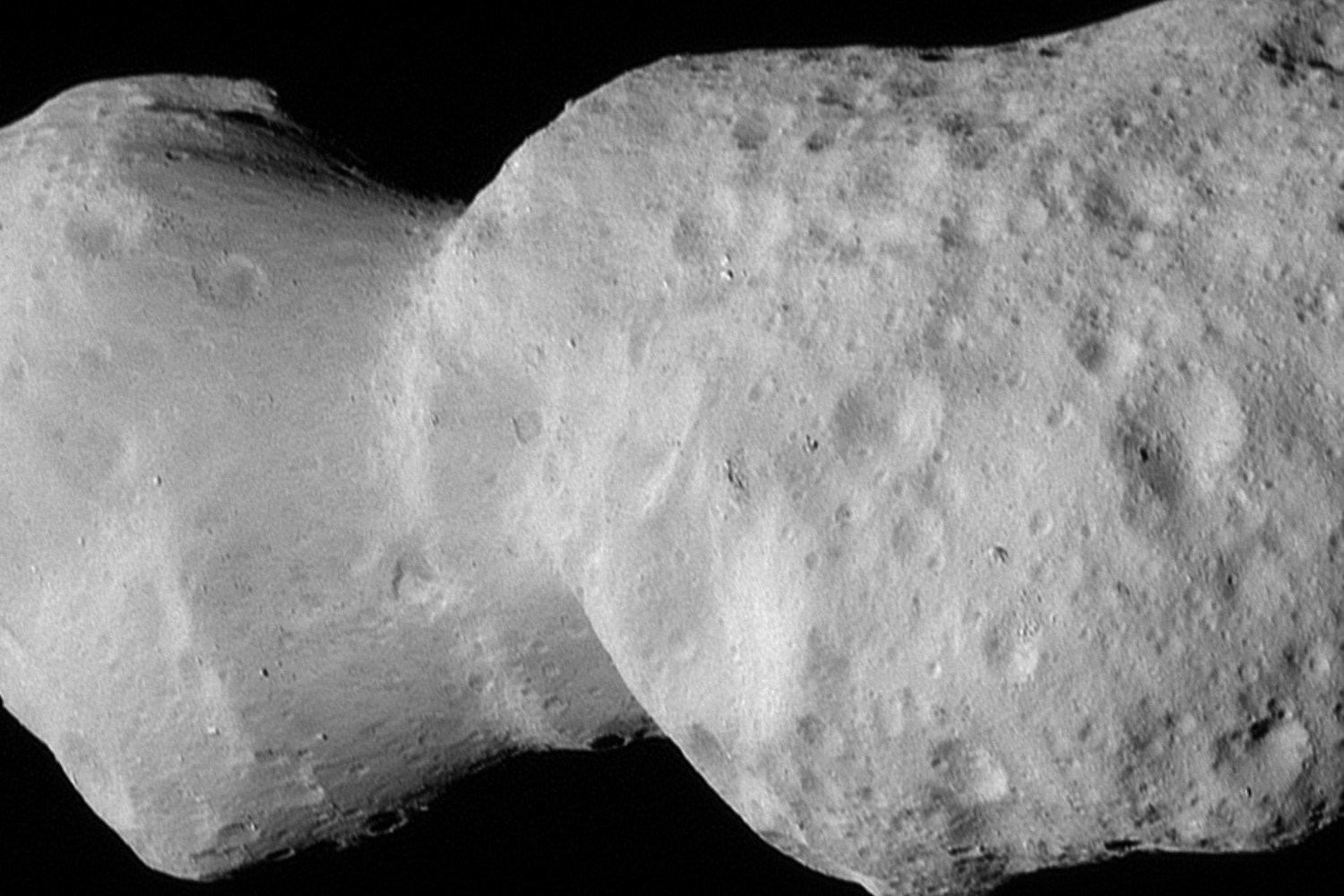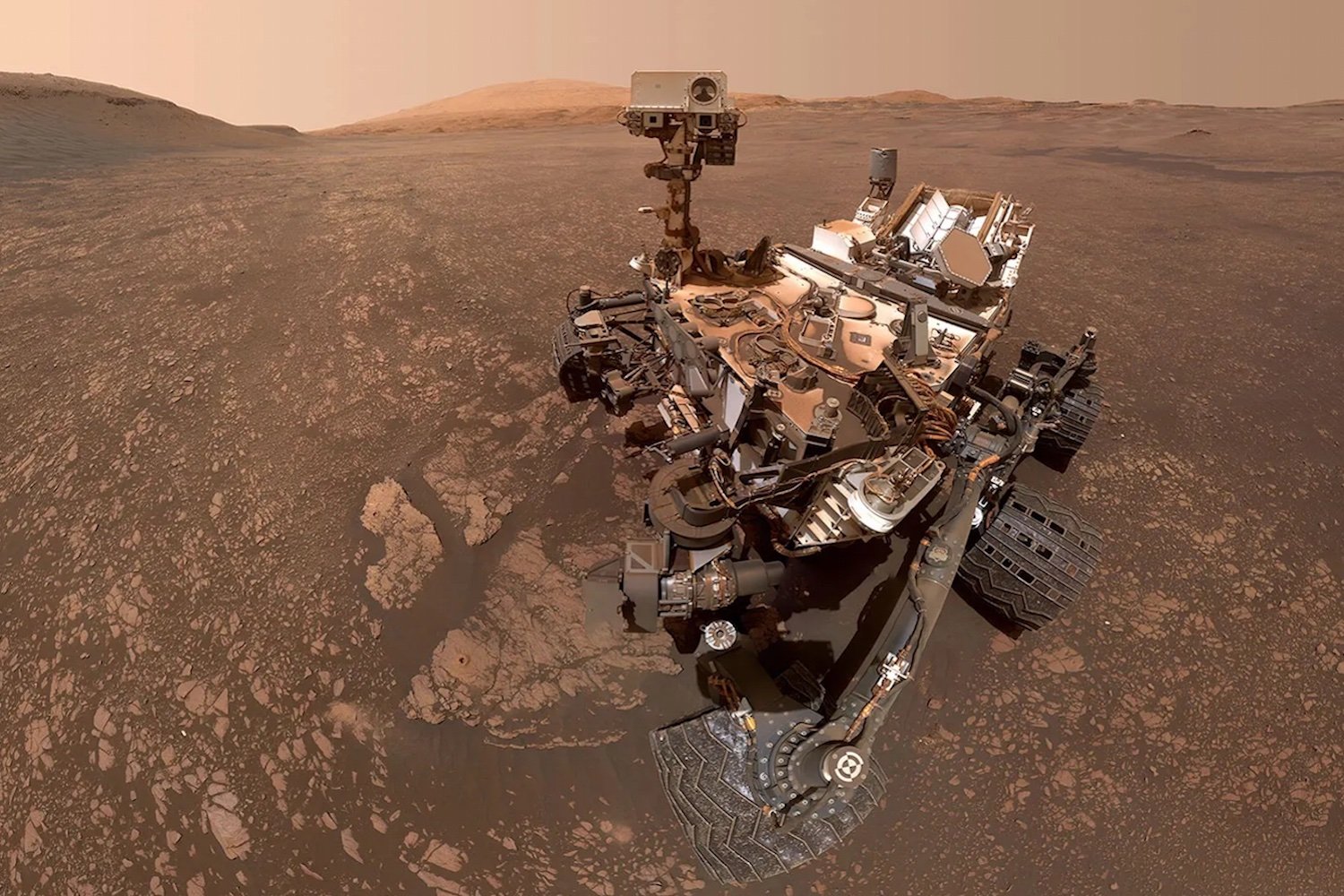The James Webb Space Telescope (JWST) has potentially detected a biosignature on K2-18b, a distant exoplanet thought to be covered in oceans. This exciting discovery hinges on the presence of dimethyl sulfide (DMS), a molecule often associated with marine life on Earth.
K2-18b, located 120 light-years away, was initially discovered by the Kepler space telescope in 2015. Its mass is approximately 8.6 times that of Earth, and it orbits a red dwarf star within the habitable zone, where temperatures could allow liquid water to exist. Previous observations by Hubble suggested the presence of water vapor, and now JWST has provided stronger evidence, along with the detection of DMS. A team of researchers led by Nikku Madhusudhan from the University of Cambridge utilized JWST’s Mid-Infrared Instrument (MIRI) along with earlier data from NIRISS and NIRSpec for this groundbreaking study.
A Potential Hycean World Harboring Life?
The presence of DMS, along with methane and carbon dioxide, and notably low levels of ammonia, suggests that K2-18b could be a Hycean world – a water-rich planet with a hydrogen-rich atmosphere. The detection of DMS, along with a related molecule, dimethyl disulfide, further strengthens the possibility of life on this intriguing exoplanet. This builds upon a 2023 detection and adds weight to the idea of biological activity, provided DMS behaves similarly on exoplanets as it does on Earth. The team’s research is published in The Astrophysical Journal Letters.
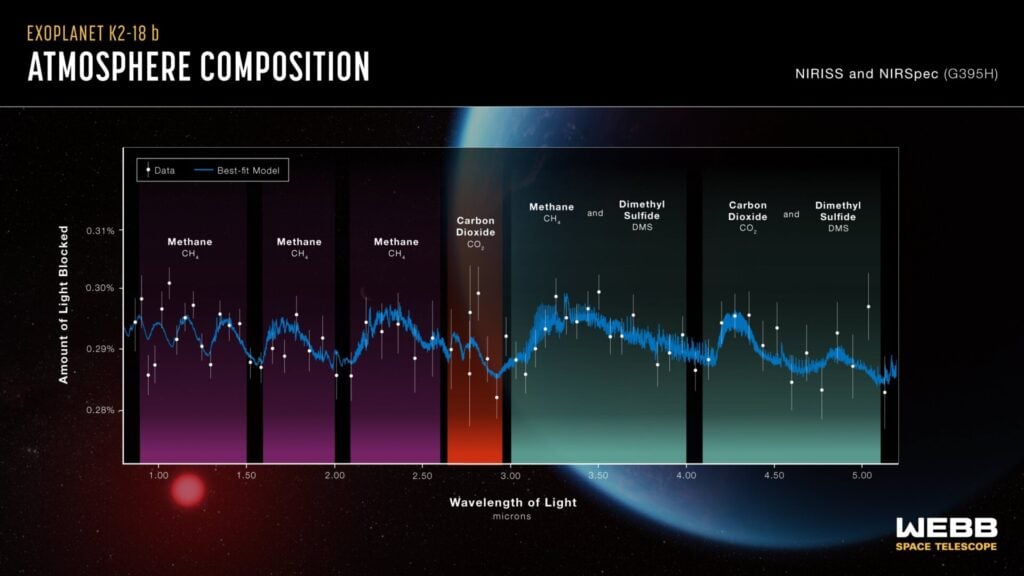 A graphic showing earlier molecular detections in K2-18b’s atmosphere.
A graphic showing earlier molecular detections in K2-18b’s atmosphere.
Madhusudhan, in an interview with the BBC, stated that the observed quantity of DMS is thousands of times higher than on Earth. If the link to biological processes holds true, K2-18b could be teeming with life. Such a confirmation would have profound implications, suggesting that life is common throughout the galaxy.
Further Investigation Needed
The current detection has a statistical confidence of around 3-sigma (approximately 99.73%), which while significant, is not definitive. A 5-sigma detection (about 99.99994% confidence) is the generally accepted standard for confirmation. Furthermore, even a 5-sigma detection would only confirm DMS’s presence, not its biological origin. Abiotic processes or instrumental factors could still play a role. A separate study posted on arXiv suggests K2-18b might be a magma-covered rocky world with a hydrogen atmosphere, making life unlikely.
Further observations are crucial to validate these findings. If life does exist on K2-18b, given the current evidence, it would likely be microbial, not intelligent life. It’s worth noting that microbial life on Earth, like plankton, existed for billions of years before more complex organisms evolved. Confirming even microbial life on another world would be a monumental discovery.
A Promising Candidate for Life Beyond Earth
K2-18b is emerging as a highly promising location in the search for extraterrestrial life. Further studies may reveal more about the intriguing possibility of a living ocean on this distant world.
https://iopscience.iop.org/article/10.3847/2041-8213/adc1c8






